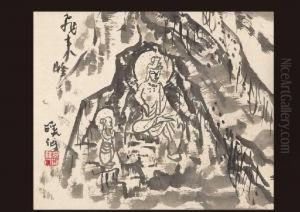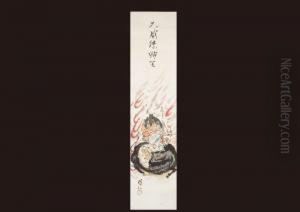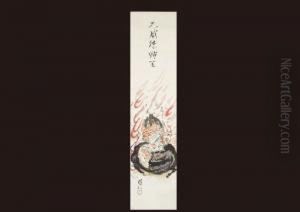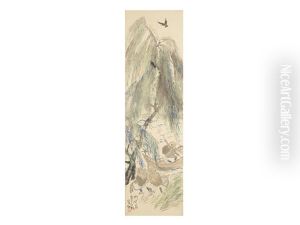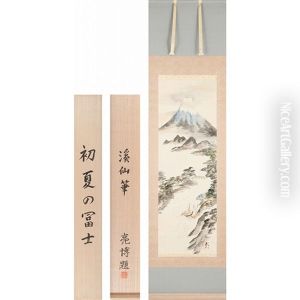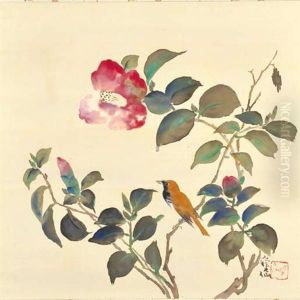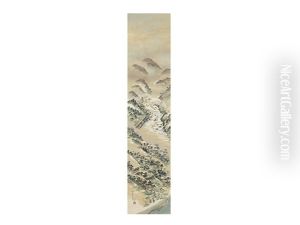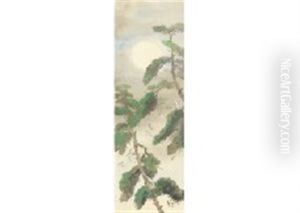Keisen Tomita Paintings
Keisen Tomita was a Japanese female painter, active during the Taisho and early Showa periods. Born in Fukuoka in 1887, Tomita was known for her bijinga (paintings of beautiful women) in the nihonga style, a traditional Japanese painting genre. She studied under several prominent artists such as Kuroda Seiki, who is often considered the father of Western-style painting in Japan, and Kaburaki Kiyokata, who was renowned for his bijinga works.
Tomita’s paintings often depicted the modern girl, or 'moga,' of the Taisho era, reflecting the changing roles and fashions of women during a time of considerable cultural shift in Japan. She was one of the few female painters of her time to gain recognition in a male-dominated art world, and her works were exhibited at the prestigious government-sponsored Bunten (Ministry of Education Art Exhibition).
Her artistic career was marked by her delicate brushwork and her ability to infuse traditional Japanese techniques with a sense of modernity. Despite her success, Keisen Tomita's life and career were relatively short; she died in 1936 at the age of 49. Her legacy, however, endures, and she is remembered as a pioneer for women in the field of Japanese fine arts.






